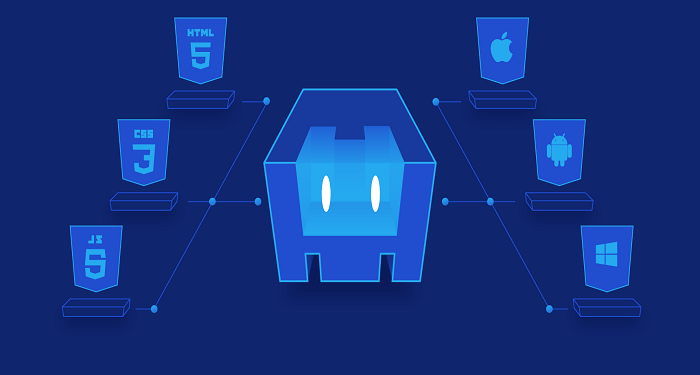This guide will show you how to use Apache Cordova to build hybrid mobile apps. You’ll learn how to develop hybrid apps with Android and iOS. Both platforms have different requirements, and you’ll learn about the development environment required for each. The first part of the guide focuses on Android development, while Part 2 covers the high-level core concepts for working with Apache Cordova. It’s important to choose the right platform for your project, however.
The first two chapters are essential reading for those who are just getting started with Cordova. The rest of the book can be read independently. It presents source code in monospaced typeface so it’s easily distinguished from the rest of the text. The code is annotated to highlight key concepts and include numbered bullets for additional information. The book also contains examples to make learning easy. This book is suitable for anyone who has a background in web development.
Developers interested in gaining access to the mobile application world should consider using Apache Cordova. It’s free, open source, and allows developers to create cross-platform mobile applications without a huge amount of code. This means you can reach a wider audience by writing only one code instead of multiple. While learning to use Apache Cordova, you’ll have access to an entire ecosystem of tools that will help you build hybrid mobile applications.
For those who aren’t as comfortable with development, the community behind Cordova is huge. Many developers help one another through forums and Q&A sites. In addition, there are tons of online tutorials and sample code available for anyone interested in learning how to use the framework. The community is also a valuable resource for anyone who is trying to make the leap from cross-platform to platform-specific development. However, this method isn’t suitable for those who are just getting started.
The first part of Apache Cordova is the framework. As the name implies, it helps developers create hybrid apps by using web technologies like Javascript. Web developers can easily transition to hybrid app development with the help of Apache Cordova Framework. Developers can package and install their hybrid apps as native apps, using the corresponding native container. Because the UI looks similar to a WebView, it runs in a native container that changes based on the mobile operating system.
In addition to being a powerful mobile development framework, Cordova also has a few disadvantages. Unlike Xamarin, it can’t access native APIs directly. But it has a wide range of core plugins that help developers build applications on any device. Consequently, a Cordova app is just as flexible as an Xamarin app. But make sure you check compatibility with the mobile platform before deciding to use it.
Before you start using Cordova, you’ll need to install the Android SDK on your computer. This is available as an installer for Windows and Linux, or as an archive for OSX and Mac. Make sure to add these to your PATH variable, since this is where Cordova will look for its binaries. You also need Java and Ant installed. The paths to the two should be the same. JAVA_HOME and ANDROID_HOME should point to each other.













